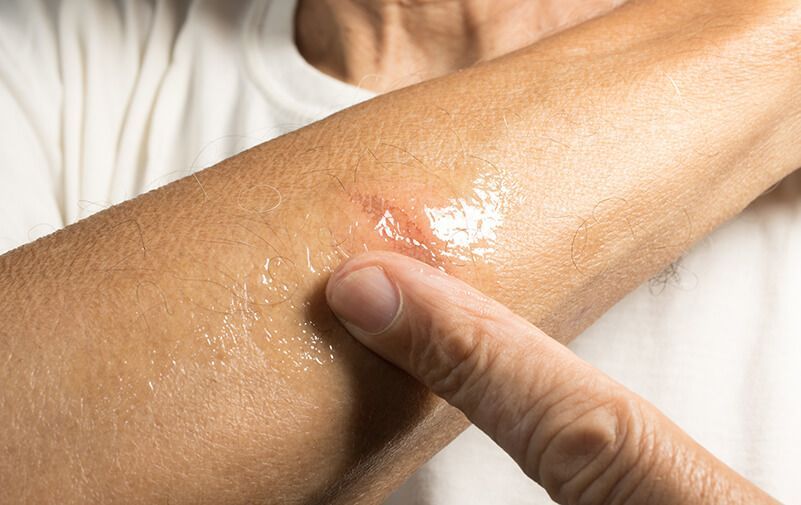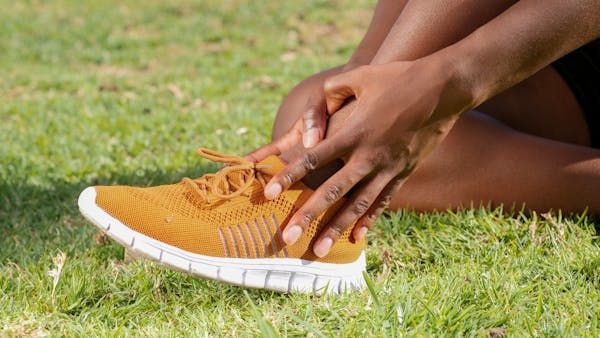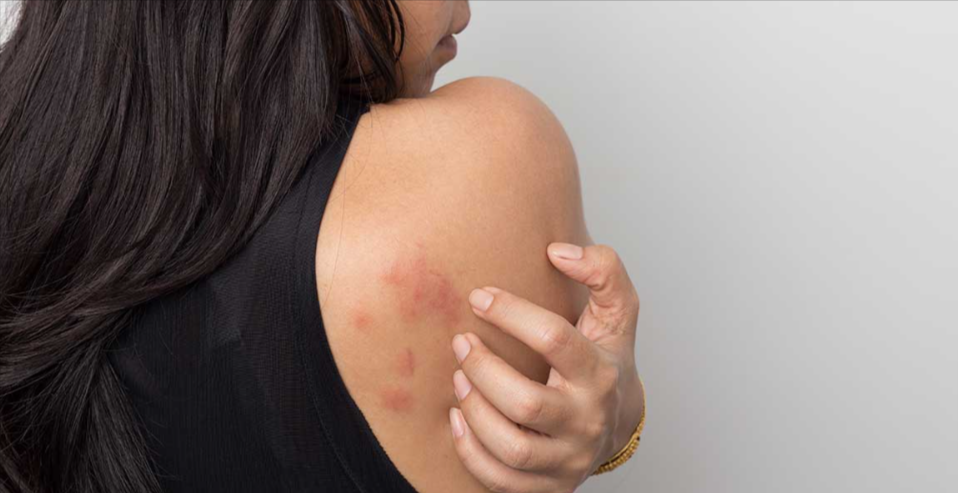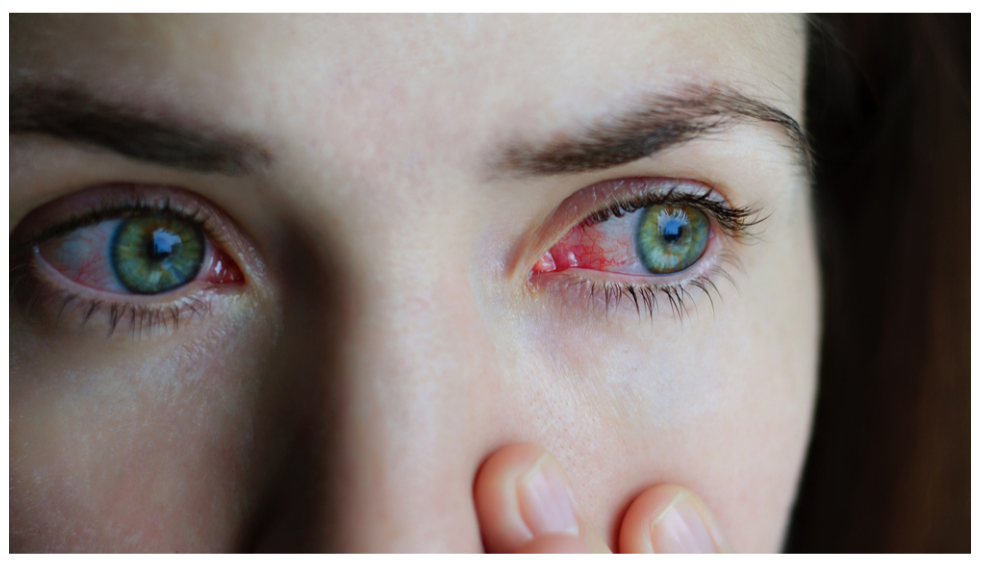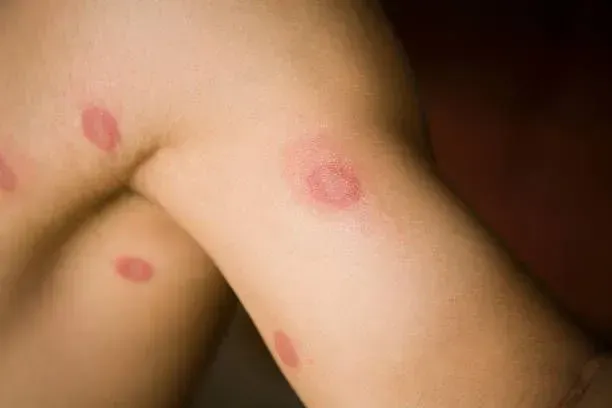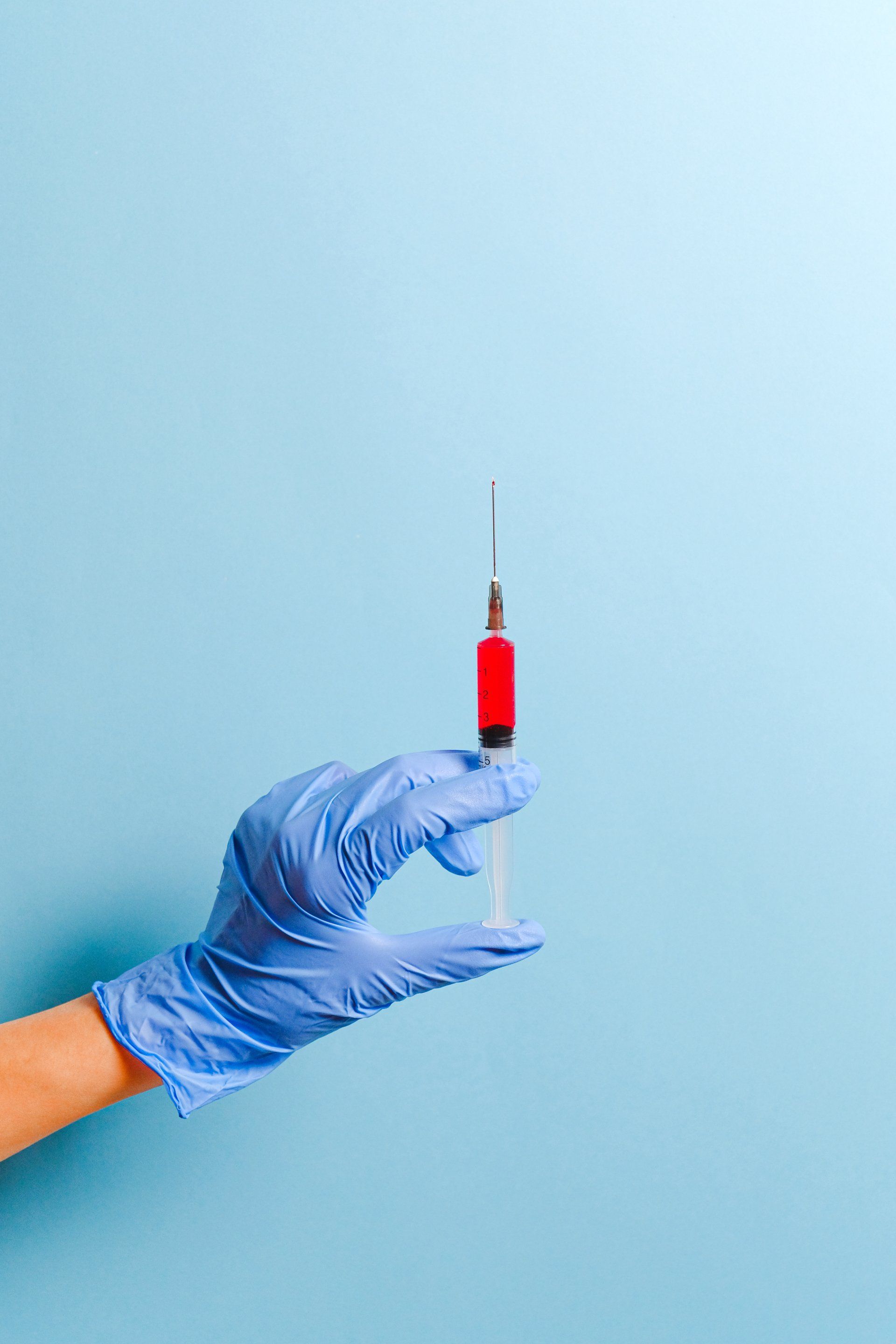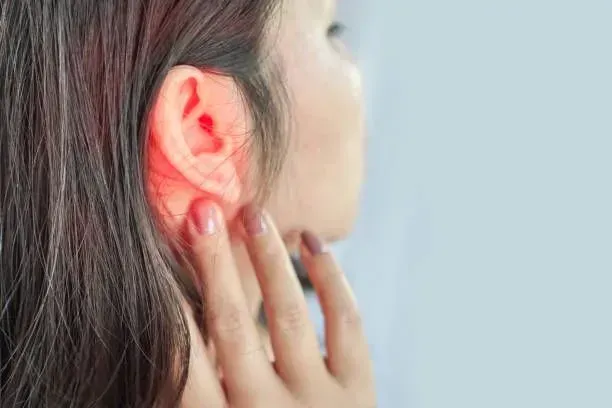Everything You Need to Know About Athlete’s Foot
The summer heat makes it easy for our feet to get hot and damp. Unfortunately, these conditions make a perfect habitat for fungi that can cause athlete's foot. Athlete's foot is a very common infection that affects millions of people every year. It can cause significant itching, burning, and discomfort of the feet, particularly between the toes. Despite the name, this pesky condition thrives in warm, moist environments, making it a frequent issue for both athletes and non-athletes.
Identifying the causes, recognizing the symptoms, and knowing how to prevent and treat athlete's foot can help you keep your feet healthy and fungus-free. Let's dive in and learn how to beat athlete's foot and keep your feet in shape.
What Exactly is Athlete’s Foot?
Medically known as Tinea pedis, athlete's foot is a commonly diagnosed fungal infection that affects the skin on the feet. This condition is caused by dermatophytes, such as Trichophyton and Microsporum, a specific subgroup of fungi that thrive in warm and moist environments—think locker rooms, swimming pools, and inside shoes.
Athlete's foot typically starts between the toes and can spread to the soles of the feet, toenails, and even the hands. It manifests as itchy, red, scaly, and sometimes blistered skin. The infection can cause significant discomfort, including burning sensations and peeling skin.
Causes and Risk Factors
The fungi that cause an outbreak of athlete's foot thrive in damp and warm climates. This makes places like locker rooms, swimming pools, and communal showers ideal breeding grounds. The fungus spreads easily either through direct physical contact with an infected person or by touching surfaces contaminated with it, such as floors, towels, and shoes. The common risk factors for athlete's foot are:
● Warm, Moist Environments: Fungi thrive in damp areas, making sweaty feet inside tight, non-breathable footwear a perfect environment.
● Public Places: Frequenting communal areas like gyms, pools, and showers increases the risk of exposure.
● Personal Hygiene: Inadequate foot hygiene practices, such as not drying feet properly, can create conditions conducive to fungal growth.
● Sharing Personal Items: Using shared towels, socks, or shoes can spread the fungus.
● Compromised Immune System: People with weakened immune systems are significantly more susceptible to infections, including Athlete's Foot.
Symptoms of Athlete’s Foot
Tinea pedis manifests through various uncomfortable symptoms, primarily affecting the skin between the toes and the soles of the feet. Recognizing the following symptoms early is helpful when looking for for effective treatment and prevention of infection spread.
● Itching: Intense itching, especially between the toes.
● Burning and Stinging: Sensations of burning and stinging in the affected areas.
● Red, Scaly Skin: Redness and scaling of the skin, can become dry and cracked.
● Peeling Skin: Skin may peel or flake off, often in between the toes and on the soles.
● Blisters or Ulcers: Small blisters or ulcers that can cause further discomfort and potential infection.
● Affected Toenails: Toenails may become thick, discolored, and brittle.
How to Diagnosing Athlete's Feet
If you think you have athlete's foot, it’s best to visit your primary healthcare provider. If they are unable to see you, consider seeking help from a local urgent care clinic, which can assess your condition and determine your treatment options. Treatment may include a combination of clinical evaluation and laboratory tests to either confirm or rule out the presence of the fungal infection.
Clinical Evaluation
The first step in identifying if you have athlete’s foot is by visiting a provider and having them evaluate your condition. During your clinical evaluation, a healthcare provider will examine the affected areas, paying close attention for the typical symptoms such as redness, scaling, and blistering. They will tend to focus on the skin between the toes and soles, as these are most affected by the fungus causing athlete’s foot.
Medical History
Because many conditions can appear similar to athlete’s foot, your healthcare provider will ask you about both your health history and the history of your symptoms. This includes a discussion of your symptoms, recent activities, and any potential exposure to fungi in communal areas. This information helps in understanding the possible sources of infection and tailoring the treatment accordingly.
Laboratory Testing
While most cases of athlete’s foot are diagnosed based on appearance of the rash and the patient’s health history, some providers may opt to take a more definitive approach. To accurately diagnose athlete's foot, skin scrapings from the affected area may be collected and examined under a microscope to identify fungal elements. Rarely, a culture may be grown to determine the specific type of fungus causing the infection.
By combining these diagnostic approaches, healthcare providers can effectively diagnose and treat athlete's foot, ensuring you receive the appropriate care.
Treating Athlete’s Foot
Once your healthcare provider has identified that you have athlete’s foot, they can start you on a treatment regimen to reduce your symptoms and get rid of the fungus. These treatments depend on many factors, including fungal infection severity. However, some of the common approaches include:
Over-the-Counter Treatments
Over-the-counter treatments are often the first line of defense against athlete’s foot since they’re affordable and accessible. Antifungal creams and sprays containing clotrimazole, miconazole, or terbinafine can help eliminate the fungus. These products should be applied as directed, typically for a few weeks, even if symptoms improve earlier. Antifungal powders are also useful for keeping feet dry and preventing the fungus from thriving.
Prescription Medications
In more severe or persistent cases, prescription medications may be necessary. Oral antifungals like itraconazole can be prescribed by a doctor to tackle the infection from within. Additionally, stronger topical treatments, such as prescription-strength creams or ointments, might be required for stubborn infections.
Home Care
While medications are helpful, home care practices can’t be ignored in treating and preventing athlete’s foot. Keeping your feet clean and dry is a necessity. Wash your feet daily with soap and water and dry them thoroughly, especially between the toes. Some people may choose to put baby powder on their feet before putting their socks on to keep the moisture content down.
Also, wearing breathable shoes and moisture-wicking socks can help maintain a dry environment for your feet. Be sure to change socks regularly and avoid tight-fitting shoes. Lastly, avoid walking barefoot in public areas like locker rooms and pools, and do not share personal items like towels or shoes to prevent the spread of infection.
Get Treated for Athlete’s Foot
Understanding and managing athlete's foot is the most important thing you can do to maintain healthy feet this summer. Early recognition, proper hygiene, and effective treatments can eliminate the infection and prevent its recurrence.
If you experience symptoms like itching, redness, or scaling between your toes, talk to a healthcare provider as soon as you can. At UrgiClinic Urgent Care, our healthcare professionals are ready to help diagnose and treat athlete's foot and other foot-related issues. Don't let athlete's foot disrupt your daily life. Schedule an appointment with UrgiClinic Urgent Care today and step confidently towards healthier feet!


